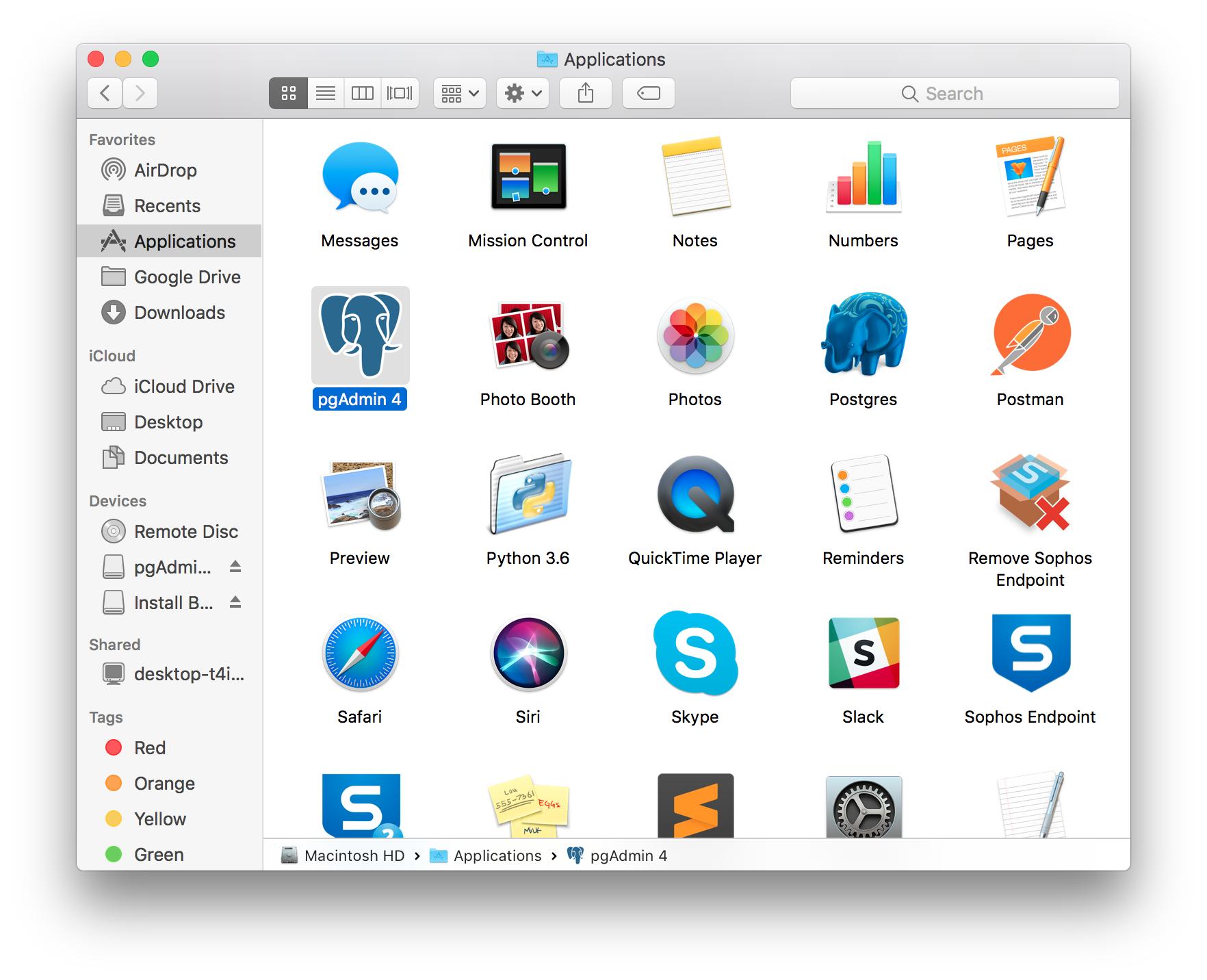

To add a table to tutorial1 database using the GUI, expand the object Schemas in the tree control > expand public > right click on Tables > click Create > and then select Table. As mentioned earlier, the newly added database can be seen on the tree control under Databases.įor the rest of this blog, I will be working with our tutorial1 database. Then click the Save button to create your new database. In this tutorial, I will choose the database name to be tutorial1. In the Database field, enter the desired name of your database. This will prompt you with a Create-Database window. To create a new database, right click on Databases in the tree control > click on Create > and then select Database.

For first time users, a default database will be created called postgres as shown in the image below.

The password to be entered will depend on whether a password was set up during installation.Īfter entering the password, you will see the server connected in the Browser section on the left hand side of the interface (the left side is known as the tree control). To connect to the server, right click on PostgreSQL 10, then select Connect Server. In our case, we will be connecting to localhost as a server.
#PGADMIN 4 POSTGRES HOW TO#
Once you have PostgreSQL 10 and pgAdmin 4 installed (there are many online resource on how to do that), you will need to connect to a PostgreSQL server on pgAdmin. In this tutorial we’ll be working with PostgreSQL using a GUI called pgAdmin, which is an open source software that is used to connect to and manage PostgreSQL databases. PostgreSQL can be used either through a GUI or using the command line. As a database server its main functionality is to store data securely and return and retrieve data upon request from other software applications. PostgreSQL is an open source object-relational database management system (ORDBMS) that runs on all major operating systems, including but not limited to, Linux, macOS and Windows.
#PGADMIN 4 POSTGRES INSTALL#
Prerequisite tasks: Install PostgreSQL 10 and pgAdmin 4 on your computer.


 0 kommentar(er)
0 kommentar(er)
